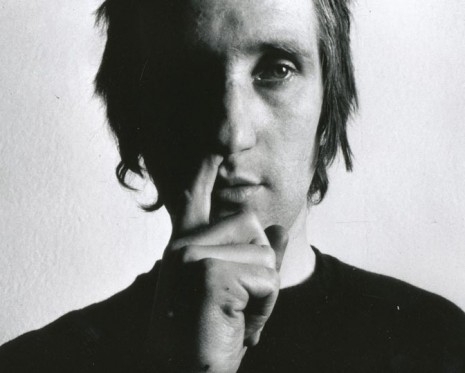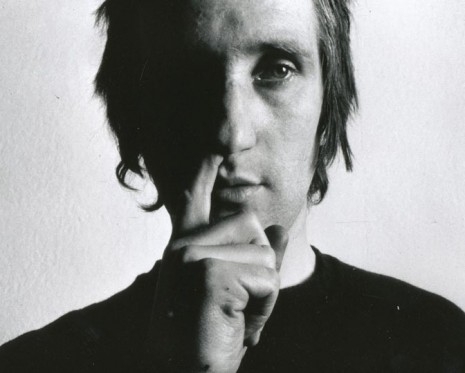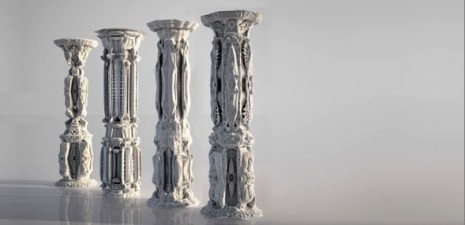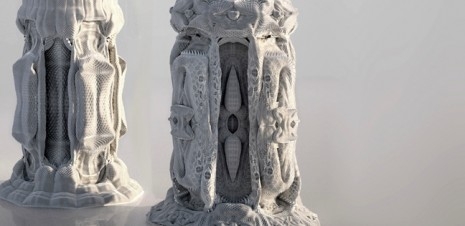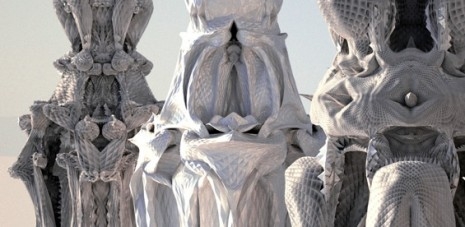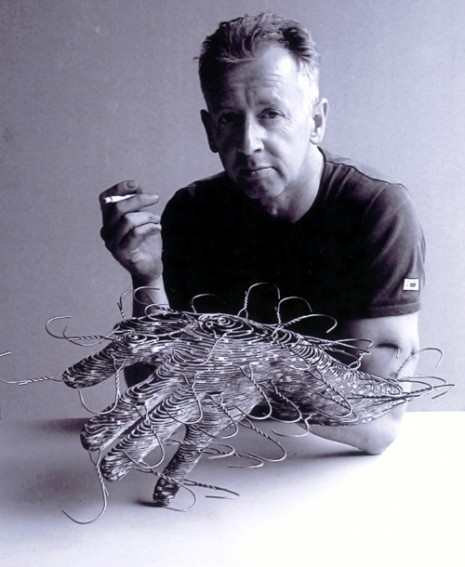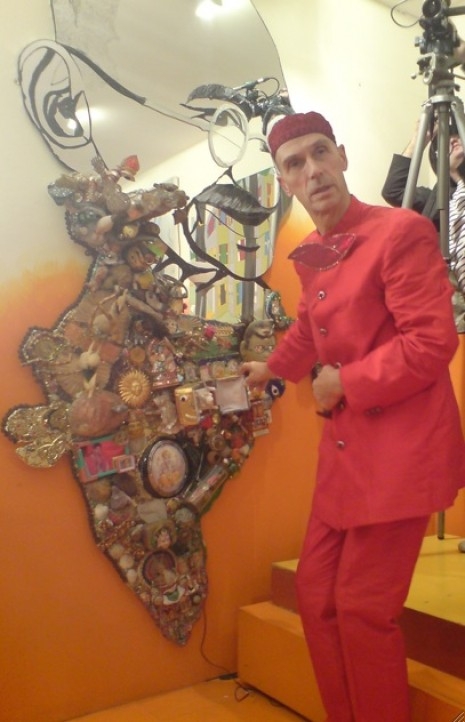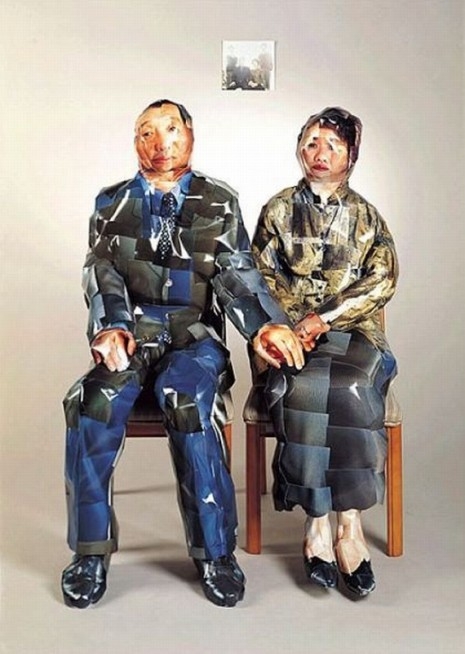
From detritus like bicycle parts, chains, flashlights, corkscrews, spatulas, even steel toes from work boots, Edouard Martinet assembles these astonishing sculptures of birds, fish, and insects. Mainly insects. But WOW, what insects!

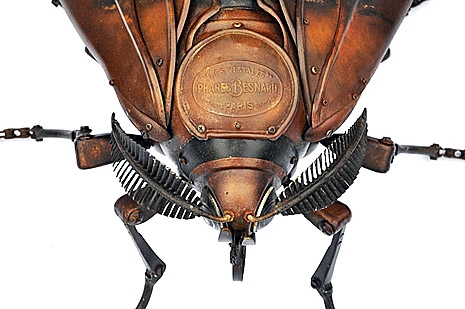
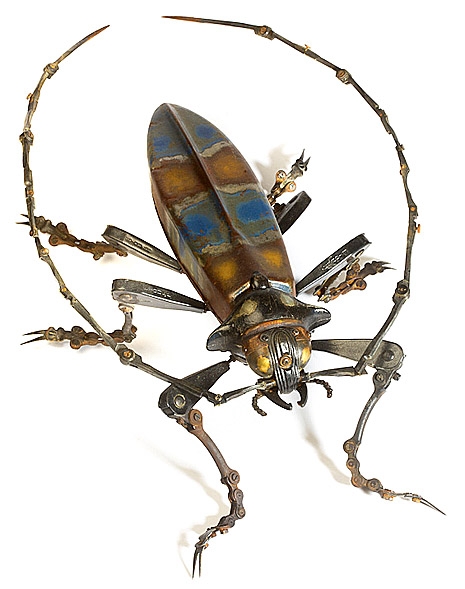
When Edouard Martinet was 10, one of his teachers introduced his pupils to insects, but in a rather obsessive way. Subliminally, the fascination sunk in to the young French boy. Fast-forward 40 years, and Martinet has become the art world’s virtuoso insectophile, transforming bits and pieces of cast-off junk culled from flea markets and car boot sales into exquisitely executed insect, fish and animal forms. What sets Martinet’s work apart is the brilliant formal clarity of his sculptures, and their extraordinary elegance of articulation. His degree of virtuosity is unique: he does not solder or weld parts. His sculptures are screwed together. This gives his forms an extra level of visual richness - but not in a way that merely conveys the dry precision of, say, a watchmaker. There is an X-Factor here, a graceful wit, a re-imagining of the obvious in which a beautifully finished object glows not with perfection, but with character, with new life. Martinet takes about a month to make a sculpture and will often work on two or three pieces at the same time. It took him just four weeks to make his first sculpture and 17 years for his most recent completion!

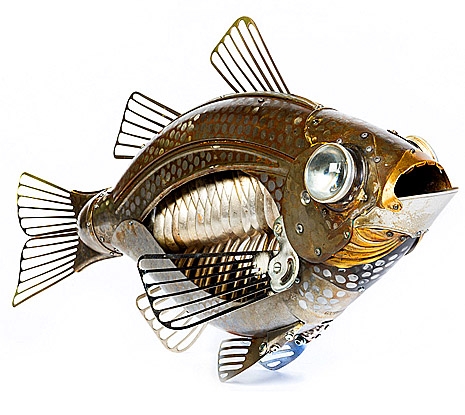
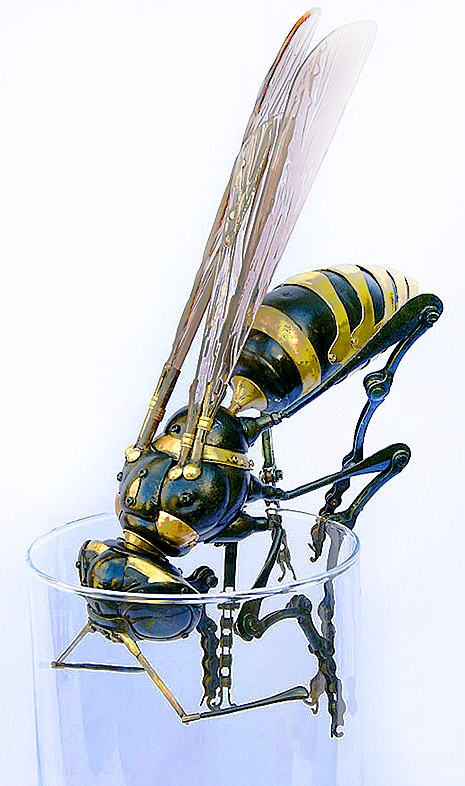
Not exactly the first thing that leaps to mind when one thinks of “scrap metal sculpture,” is this? Be sure to check the individual images on Martinet’s gallery page—he lists the specific materials used for every body part, and some of them will likely floor you. DM readers in London can see these on display at Sladmore Contemporary through January 31, 2014. If you can’t be there, a GORGEOUS book is available.
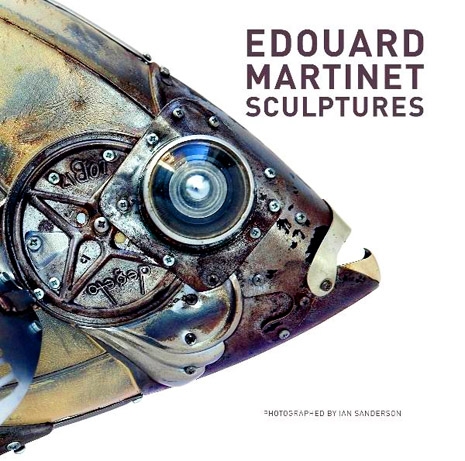
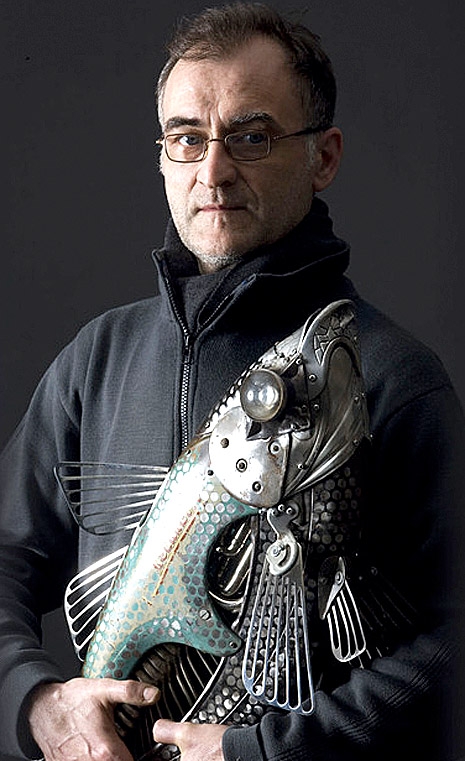






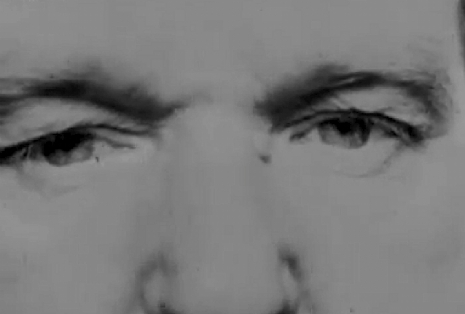

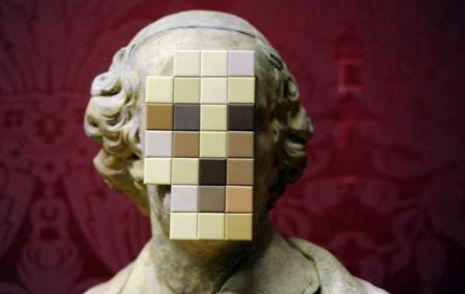
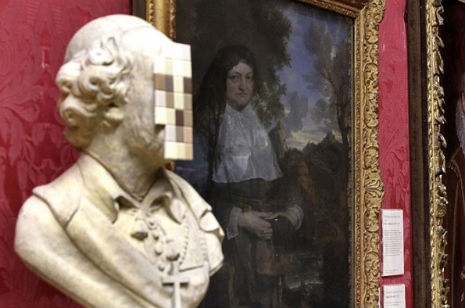
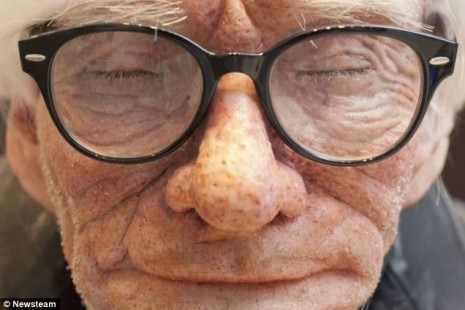
 “The pose of the piece is taken from a photograph of Warhol in the 60s. He is a huge inspiration to me and I wanted to make sure that I did him justice with my work.”
“The pose of the piece is taken from a photograph of Warhol in the 60s. He is a huge inspiration to me and I wanted to make sure that I did him justice with my work.” 